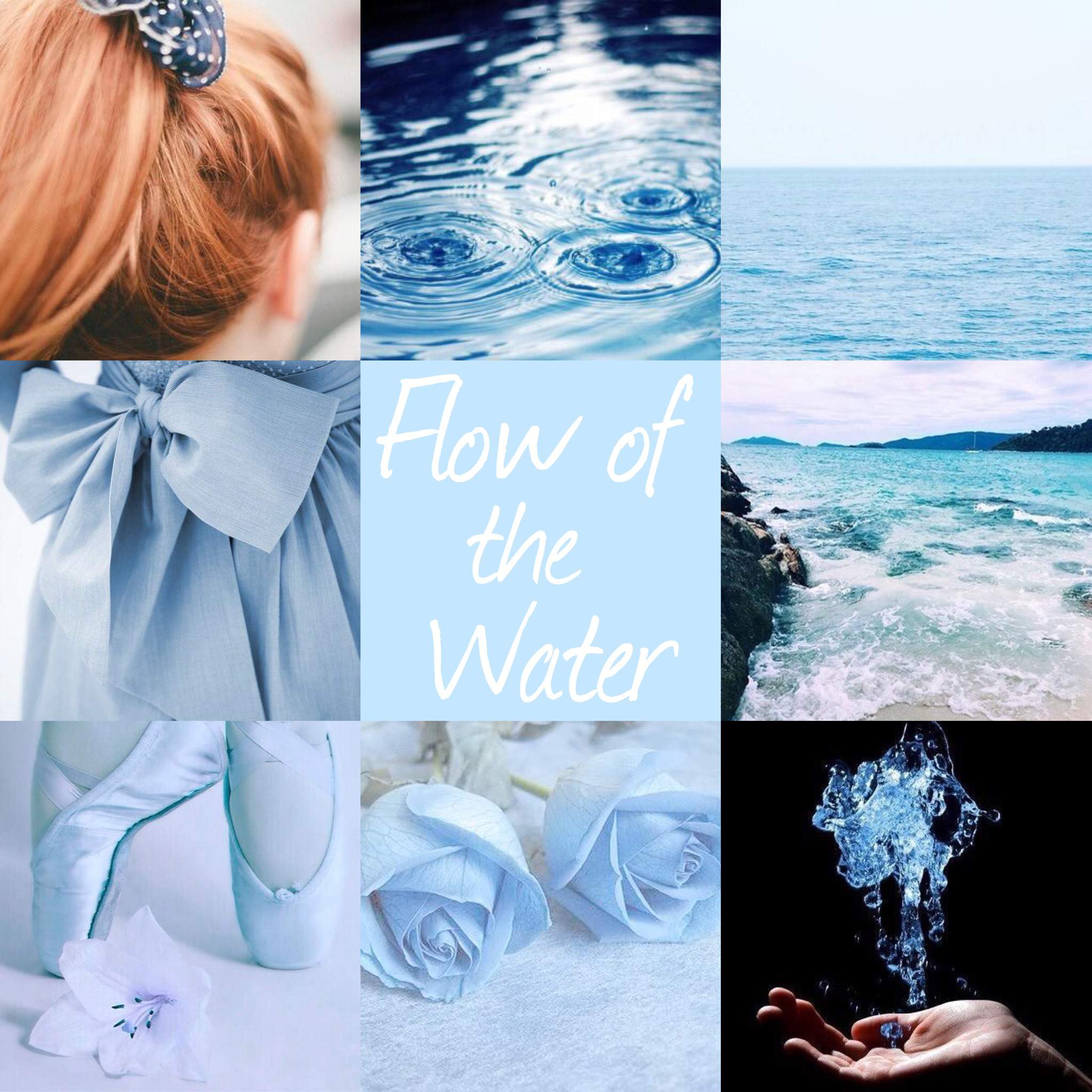
Uncertainty about what was expected didn’t really exist.
Mood board aesthetic how to#
Everything that I learned in my formal education came with a brief or a set of requirements - I always knew exactly what to include, how many of them to include, how to include them, etc. The “what?”Īs a student, I was a little confused by the lack of rigidity or rules with what to put in a mood board. They take brainstorming to the next level of detail, allowing you to clarify your ideas and get a broad range of “looks and feels” that might work for your product. One of the best ways I’ve found to combat this tendency is through the use of these mood boards. Taking the time to put together a mood board for a digital product allows you to take the time to understand how the branding, app’s purpose, and vision play together visually in a way that makes sense and is appealing.įor me, it is easy to get one idea in my head and become attached to it to the point where other ideas just don’t feel “right”, especially when it comes to visual design. Which meant I felt they were a waste of time at first. Mood boards, as I saw them, were frivolous and fun. Like many of my peers growing up, I remember being busy about 18 hours a day and thinking that anything that seemed fun, interesting, and creative must not be all that helpful for me to advance in life (big yikes and yes I’ve been to therapy about this). This was a major piece of flawed thinking on my part that I think was lodged in place throughout high school and college. If something seems like it will take more time and effort than it’s worth, why invest any time or effort in it? I have historically liked to rush through the parts of a process that I don’t see the immediate value in. But while gathering images to capture a specific mood, I started to understand why and how the mood boards were helping me, and what I needed to be doing or collecting in them to make them effective. I noticed my own tendency to skip past the early stages of ideation if I thought that we could move on to something more “productive”. Luckily, I came to find out how wrong I was to be cynical of their utility. It felt repetitive to do both, and I wasn’t really sure how much my design could benefit from taking the time to also do mood boards. Especially when we had style tiles, which were in my eyes a more fleshed-out version of mood boards. I thought they were cute and fun but I wasn’t totally sold on their necessity during the design process. (Note: mood boards can be both physical and digital - I will focus on digital.)īut when I started my design education and mood boards were a part of the curriculum, I honestly viewed them as a little amateurish.

It is just pure fun to me to capture a feeling with imagery, text, items, art, and more.

Putting one together reminds me of being 19 years old in my dorm room spending literal hours on Pinterest curating boards centered around a certain aesthetic.

They are probably my favorite part of the ideation process when it comes to visual design.


 0 kommentar(er)
0 kommentar(er)
